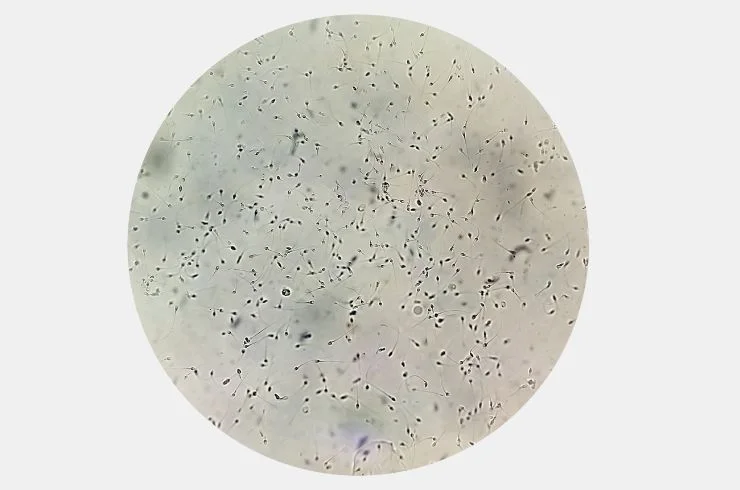
Semen Analysis is the primary test used to assess male fertility potential. Although it does not definitively determine fertility, it offers crucial insights into sperm production, maturation, and the functioning of the male reproductive system. The test is particularly helpful in identifying issues related to sperm quality and quantity, which are important factors in male fertility.
What Semen Analysis Evaluates
Sperm Count:
Sperm Motility:
Sperm Morphology:
Semen Volume:
pH Level:
White Blood Cells (WBCs):
Importance of Professional Andrology Laboratories
A semen analysis should be conducted in a specialized andrology laboratory to ensure the accuracy of the results. These labs are equipped with advanced technology and trained professionals who can provide detailed insights into sperm health through a variety of tests, including: